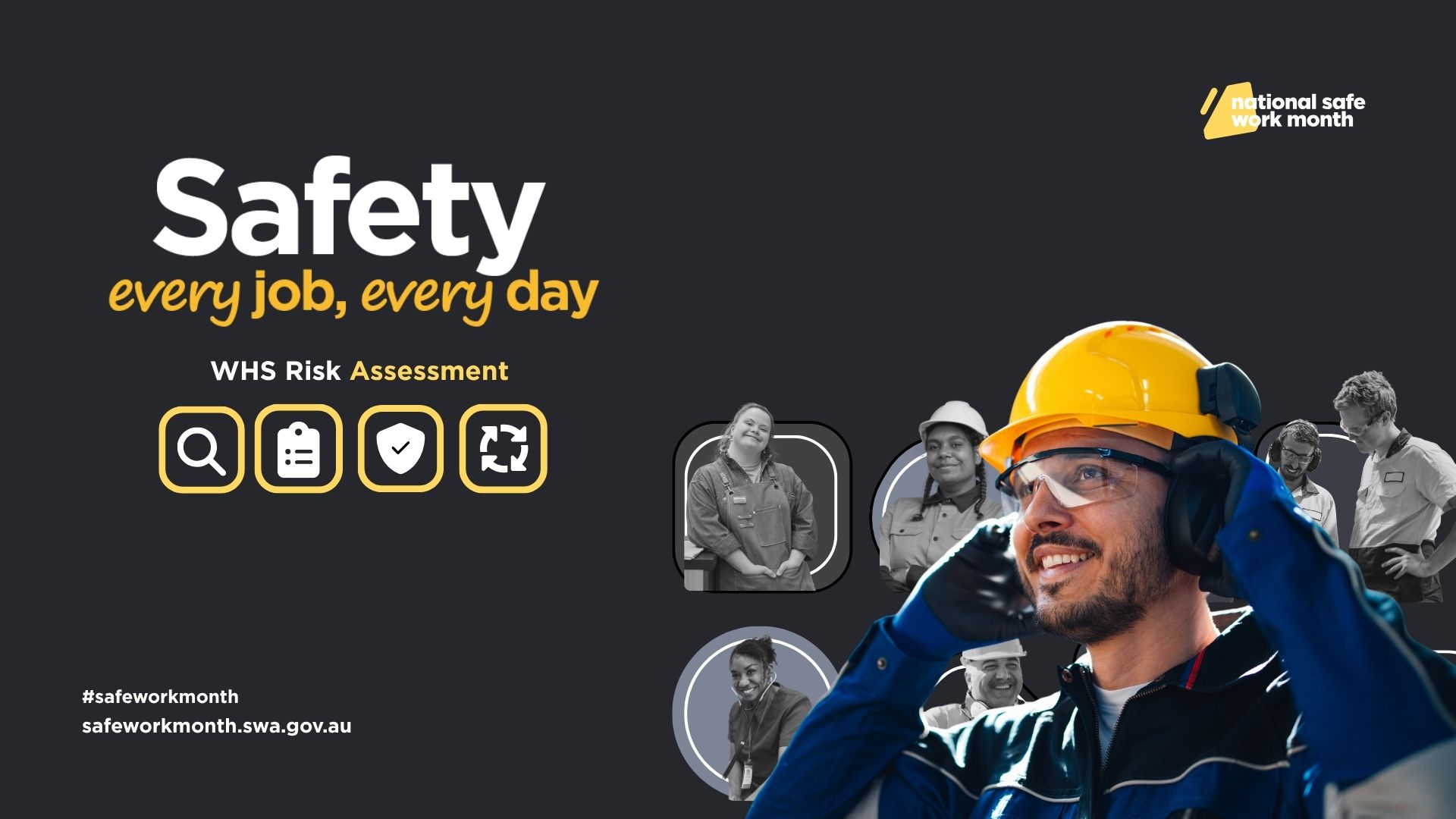New national strategy for safe and healthy work
A new 10-year national strategy to reduce workplace fatalities, injuries, and illnesses in Australia has been released.

A new 10-year national strategy to reduce workplace fatalities, injuries, and illnesses in Australia has been released.
The Australian Work Health and Safety Strategy 2023-2033 sets a national vision of safe and healthy work for all and provides a platform for delivering key work health and safety (WHS) improvements.
The Strategy was developed under Safe Work Australia’s tripartite governance processes and has been agreed by the Commonwealth, state and territory governments. It represents a national commitment to work together to reduce worker fatalities, injuries and illnesses over the next decade.
It outlines targets to measure progress over the next 10 years, including a reduction in worker fatalities caused by traumatic injuries by 30%.
More than 150 stakeholders were consulted on the development of the Strategy.
Read the Australian Work Health and Safety Strategy 2023-2033.
Quotes attributable to Safe Work Australia Chair, Joanne Farrell:
“The Australian Work Health and Safety Strategy 2023–2033 sets a national framework for improving work health and safety over the next 10 years.
“Achieving the vision of the Strategy – Safe and healthy work for all – is not possible without the important contributions of key stakeholders.
“Jurisdictions, industry groups, WHS researchers, experts, practitioners and workers all have a role to play in realising progress under the Strategy.
“I invite everyone in the work health and safety system to play a part in realising the ambitious outcomes set by the Strategy.”
Quotes attributable to Safe Work Australia Chief Executive Officer, Michelle Baxter:
“Everyone who goes to work has the right to return home safely.
“While data shows that fatal and serious injuries at work have declined over the last decade, Australian workers are still getting sick and injured, sometimes fatally, from work.
“The Australian Work Health and Safety Strategy 2023-2033 addresses ongoing and emerging challenges in work health and safety over the next decade, including managing psychosocial risks, the rise of artificial intelligence, automation and related technologies, and new types of work including gig work.
“Safe Work Australia, through its tripartite membership of government, employers and workers, will drive action and monitor the progress of the Strategy targets. Collaboration with and among researchers, professional peak bodies and practitioners will also be critical if we are to realise our ambitious vision.
“Through this Strategy we are focusing our efforts to ensure the work health and safety system in Australia can improve outcomes and address emerging challenges over the next decade.”
Background: Work health and safety data
- In 2021, 169 workers were fatally injured at work. Over 130,000 workers’ compensation claims were accepted for serious work-related injury or illness.
- Vehicle incidents, being hit by moving objects and falls from a height account for the most fatalities.
- Body-stressing, falls, slips and trips, and being hit by moving objects are the cause of most workplace injuries.
- Mental health conditions account for a relatively small but increasing proportion of serious claims, rising from 6% of all serious claims in 2014-15 to 9% in 2020-21p.
- According to the latest data, 70% of fatalities and 61% of serious workers’ compensation claims occur in six industries:
- agriculture
- construction
- transport
- manufacturing
- healthcare and social assistance, and
- public administration and safety.
- The most common causes of workplace injury are:
- vehicle incidents
- falls, slips and trips
- being hit by moving objects
- body stressing.
- The most common causes of workplace psychological injuries are:
- work pressure
- harassment and bullying
- occupational violence
- other mental stress factors.
- The most common work-related illnesses are:
- respiratory diseases
- zoonotic diseases
- mental health
- cancer.





